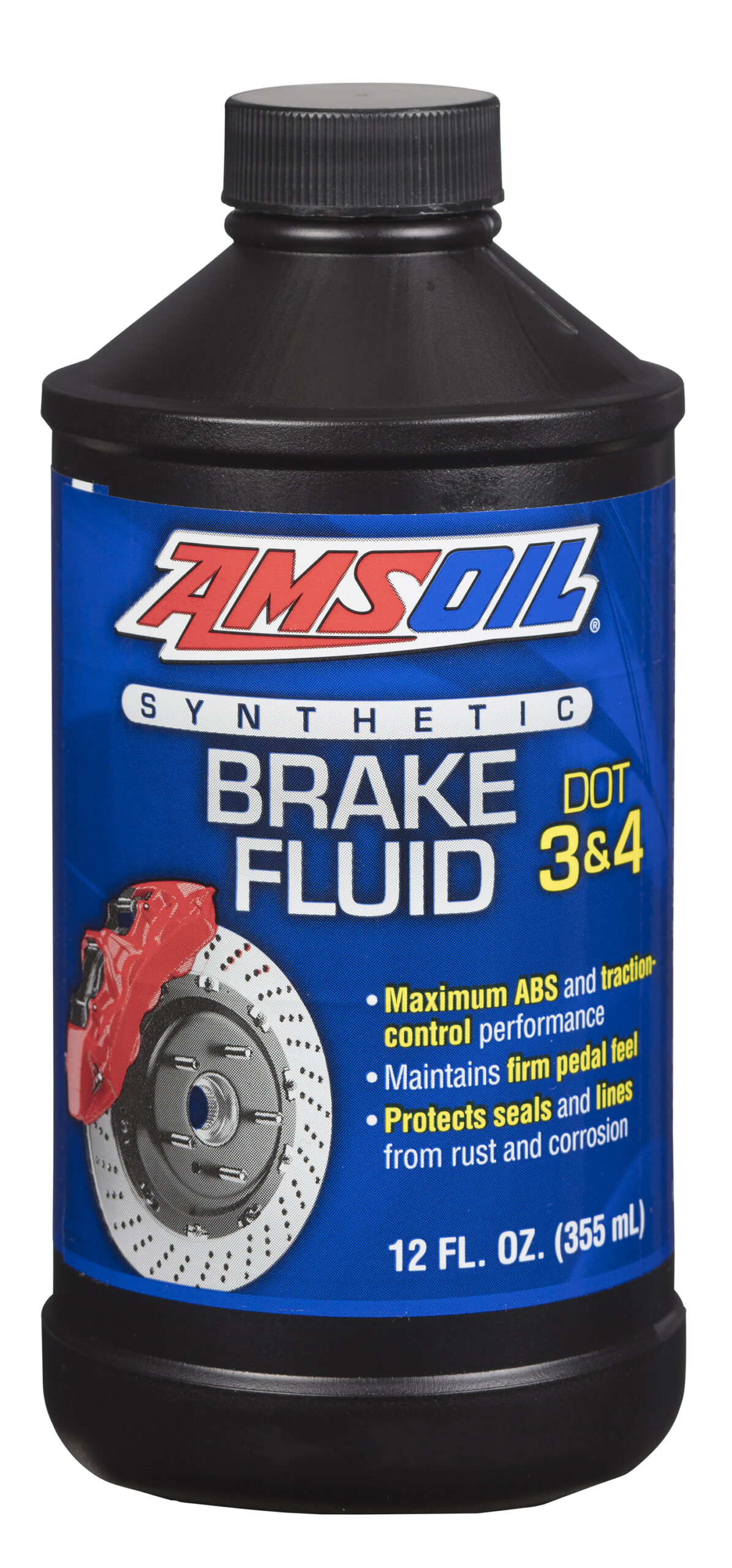How to Bleed Your Brakes
Hi, I'm Len Groom. Welcome to Tech tips! Today, we're talking about your brake system. It's often overlooked but it's extremely important! So, what we're going to show you is how to bleed your brakes. Let's take a look.
The first thing that we need to do is get the vehicle off the ground, so you're going to use a jack. Make sure you have a jack stand so you start at the corner. This vehicle has a pinch weld, so we've got it by the pinch weld, lift the vehicle so the tire comes off the ground. You're going to slide the jack stand in and you’ll slowly let the vehicle back down onto the jack stand.
One of the most important things you should do is make sure that you use a jack stand. Since hydraulic jacks can collapse, you want to make sure that car is supported by the jack stand; you want to start with the furthest break from the reservoir.
In this case, it's a rear brake. So we can see here; this is a drum brake. You want to take a look under the vehicle, find the bleed screw - they're often covered by a rubber plug. You're going to remove the plug, make sure there's no dirt in that area. Then you're going to find the proper tools. in this case it's going to be a wrench and an extension hose that's going to route the fluid into a pan.
Once we've located the bleed screw, you want to put the wrench on. Get ready, you're going to have the other person in the vehicle pump the brakes. While they're doing that, you can attach the hose that's going to catch the excess fluid.
So, they'll pump the brakes. The person under the vehicle will tell them to hold, and that means they'll hold pressure on the brake pedal and they're going to follow the brake pedal all the way down.
So, once you have adequate pressure built up in the system, the person underneath the vehicle will open the bleed screw and the fluid should travel down the hose and into the pan. You'll notice here, we're using a clear hose. It's important to use a clear hose so you can see the brake fluid traveling through it you can also see any air that might be trapped in the system.
You'll repeat this process several times to ensure that you've got any air that might have been trapped or that you've got all of the brake fluid flushed out of the system.

Buy AMSOIL Brake Fluid Products
One thing to keep in mind is the reservoir level, you want to make sure that you keep the reservoir up. So check it periodically as you're working your way around the vehicle.
Once you're finished, you'll close the bleed screw. Make sure you wipe the area down because brake fluid can be very corrosive, especially to painted surfaces. Put the rubber cap back on. In some situations, you'll want to use some brake clean or just some plain water to rinse the brake fluid off the surface, as you can see here.
Now we've moved to a front brake. This required us to take the front tire off of the vehicle. The bleeding procedure is basically the same - you need to locate the bleed screw, remove the rubber cap, set up your wrench, set up your clear hose, and you're going to repeat the same process.
The person in the vehicle will pump to build pressure, the person that's doing the bleeding will get them to hold, and then we'll open the bleed screw and allow the fluid to flow out and into the pan, as we talked about earlier.
You want to make sure that you repeat the procedure until you have clear fluid coming through the hose and no air bubbles. If you've done brake work such as replace a brake line or replace a brake hose, there will be some air in the system and you have to watch for bubbles.
And you want to make sure that you repeat the process until the bubbles no longer exist. That will ensure that there's no air in the brake system - you never want air in your brake system because air can compress and that will make the pedal spongy, making the brakes less effective.
So, it's very important that we get all the air out of the system. As you can see, after bleeding the brakes, the fluid has dropped in the reservoir. You want to make sure that you refill the reservoir before the car leaves the garage.
So, there you have it - a few simple steps on how to bleed your brakes to ensure that your brake fluid will perform when you need it.
One of the things that I really like about the AMSOIL brake fluid is the fact that it's both a DOT 3 and a DOT 4. Which means no matter what your application, this is your product.
Become An AMSOIL Preferred Customer
Add a six-month or one-year Preferred Customer membership to your cart and save up to 25% on today’s order.
We welcome your comments, questions and suggestions on how to bleed your brakes. Please contact us.
We do invite you to engage with us on social media (just not for immediate needs). Best to call, email or visit our site for the best response.
As always, if you like, you will find us on the following social media sites, among many others:
Facebook
LinkedIn
Twitter


